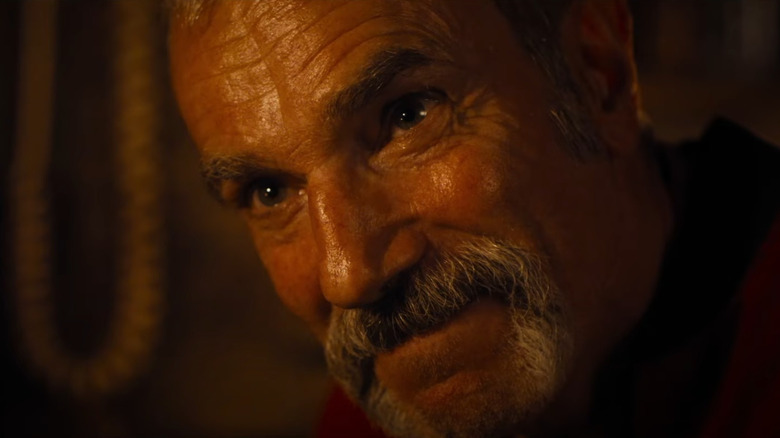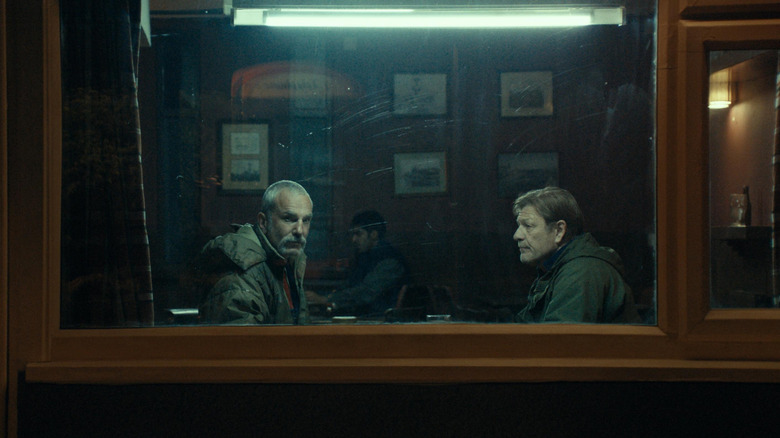marked by his grand return in “Anemone.” Directed and co-written by his son Ronan, this quiet and awfully moody chamber piece follows Day-Lewis’ reclusive hermit Ray Stoker, living alone in a ramshackle cabin in the woods of Northern England for the past decade and a half. The why of it all isn’t immediately clear, though the screenplay (also co-written by the elder Day-Lewis) leaves just enough breadcrumbs to help us piece together the clues by the end. Having left behind his wife Nessa (Samantha Morton) and now-teenage son Brian (Samuel Bottomley), it’s up to his estranged brother Jem (Sean Bean) to bring him home at a moment of acute crisis for the fractured family. It doesn’t take very long to realize exactly why this setup plays to Day-Lewis’ unparalleled acting strengths.
As the early portions of “Anemone” largely play out as a series of two-handers between the two older actors, we begin to get a sense of the structure of this story. Though not one for talking, Ray gradually needles his brother Jem in ways that only lifelong brothers can. His faith, his decision to essentially step in and fill the husband/father roles for Nessa and Brian, and his almost supernatural patience are all targets of Ray’s ire. After several scenes of minimal interactions between them, this finally boils over in the first of the movie’s show-stopping monologues. When Day-Lewis launches into a haunting story about visiting an old priest they knew from childhood, steadily rising to a fever pitch of unsettling emotion, it’s as if the star performer had never even left at all.
This one scene, arguably the film’s best, is all it takes to remind us of Day-Lewis’ irreplaceable screen presence and his standing as our greatest living actor.



